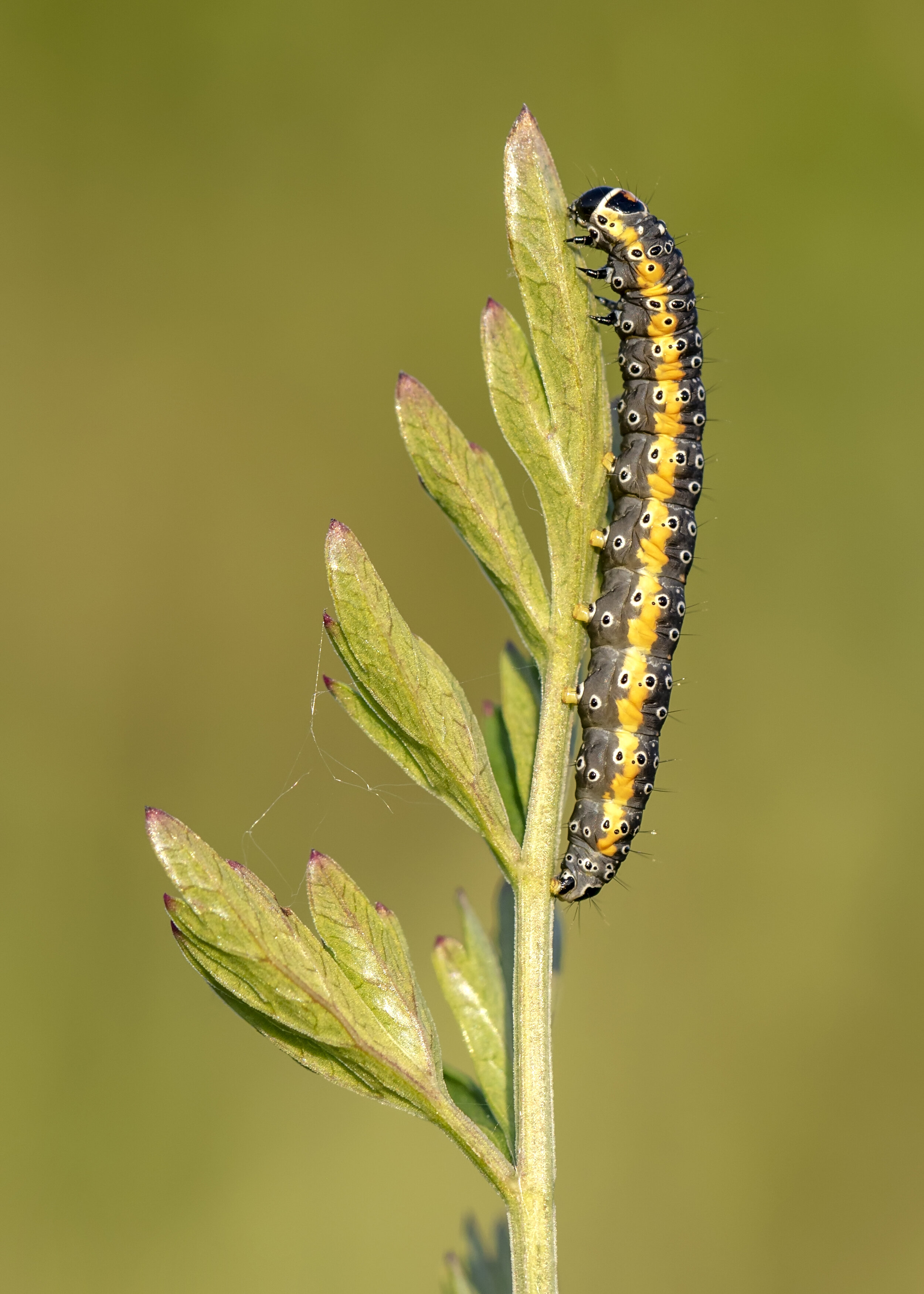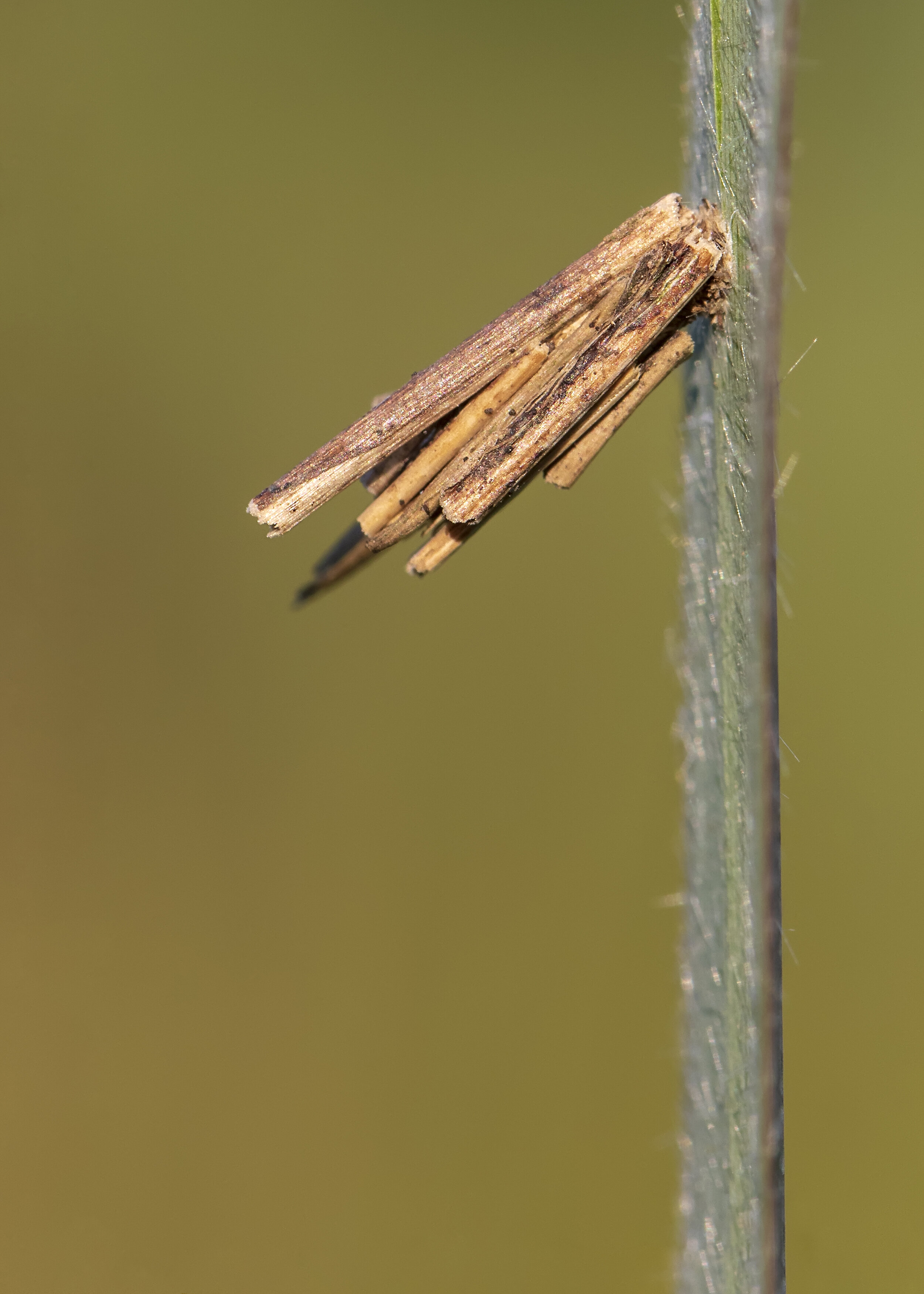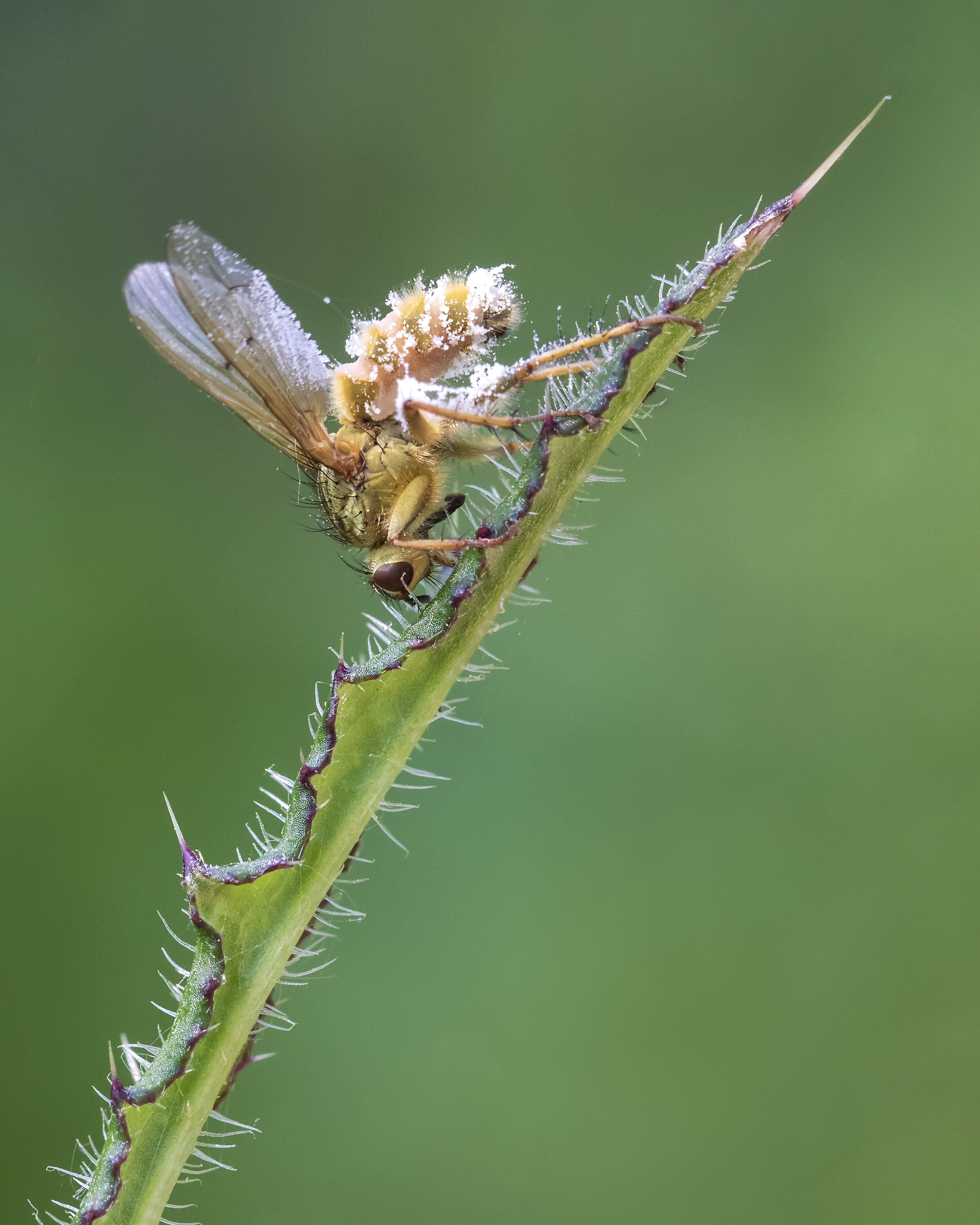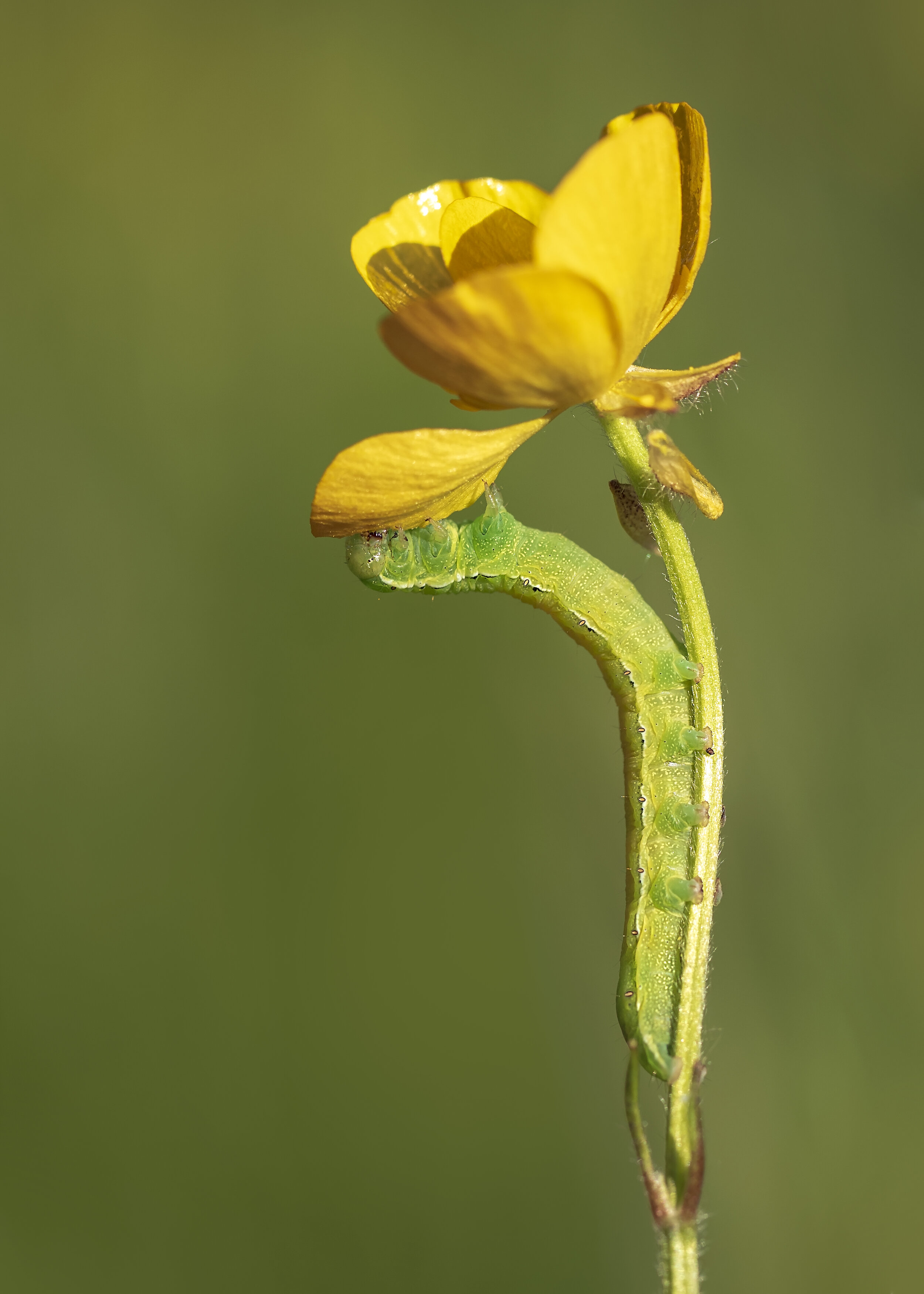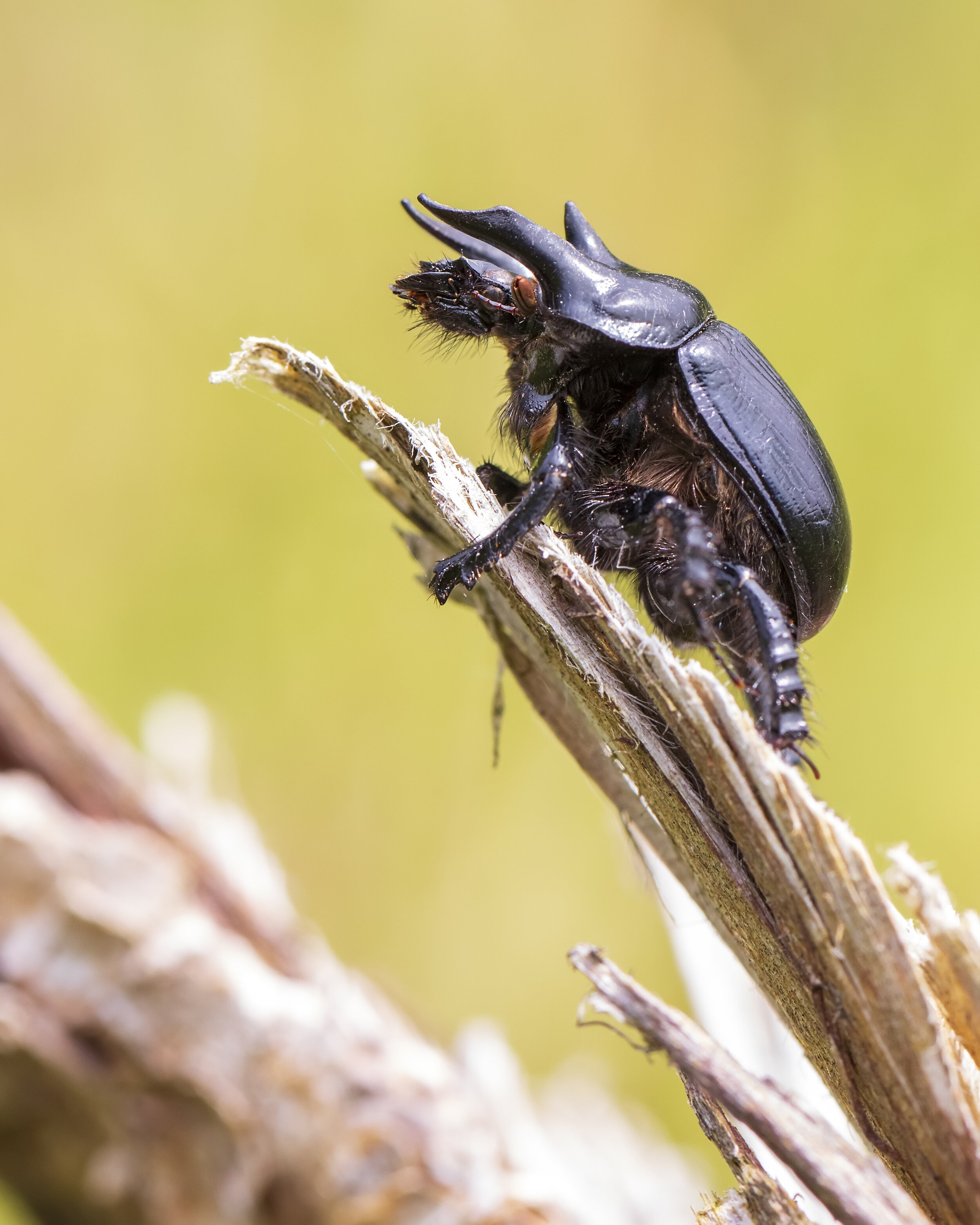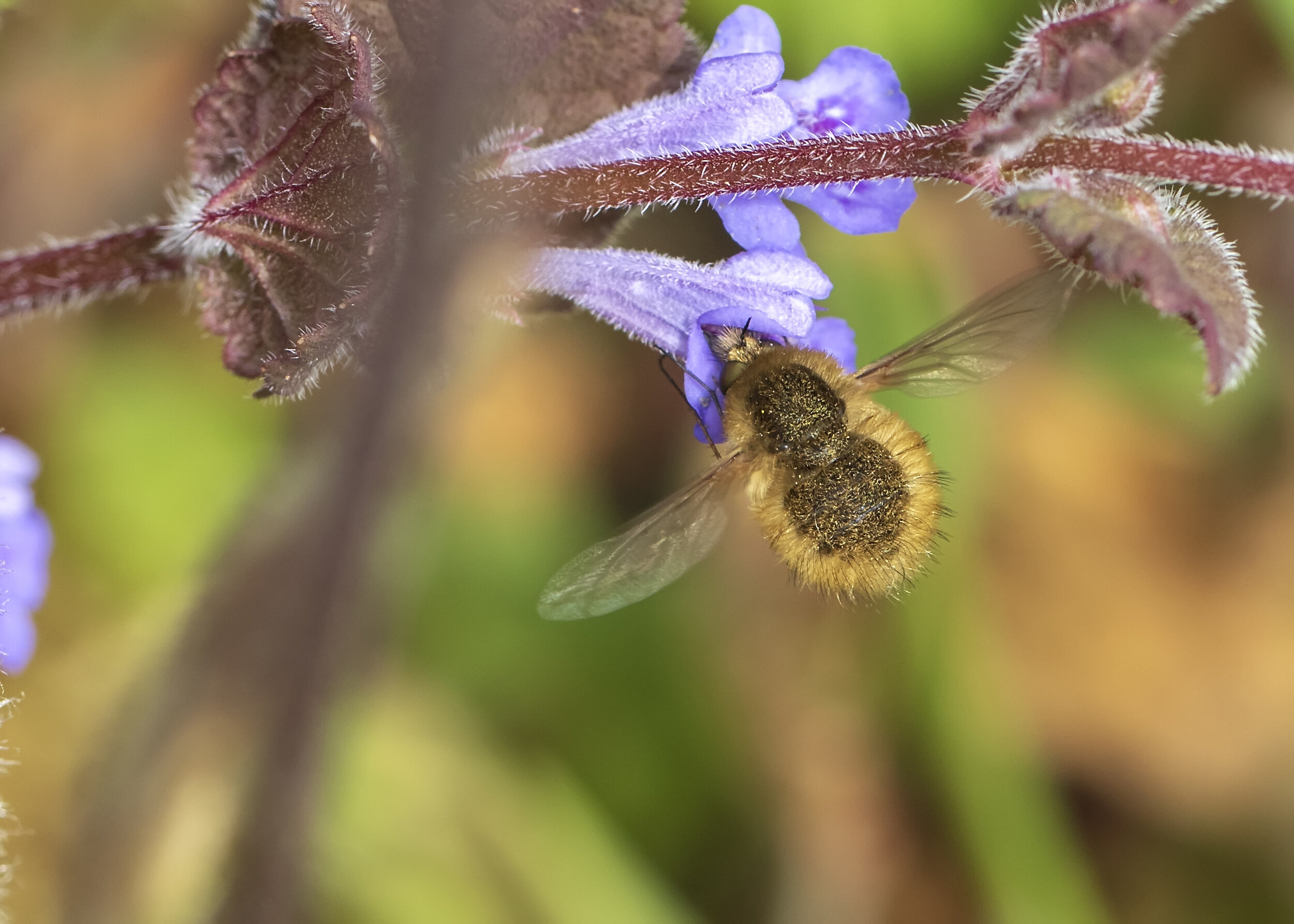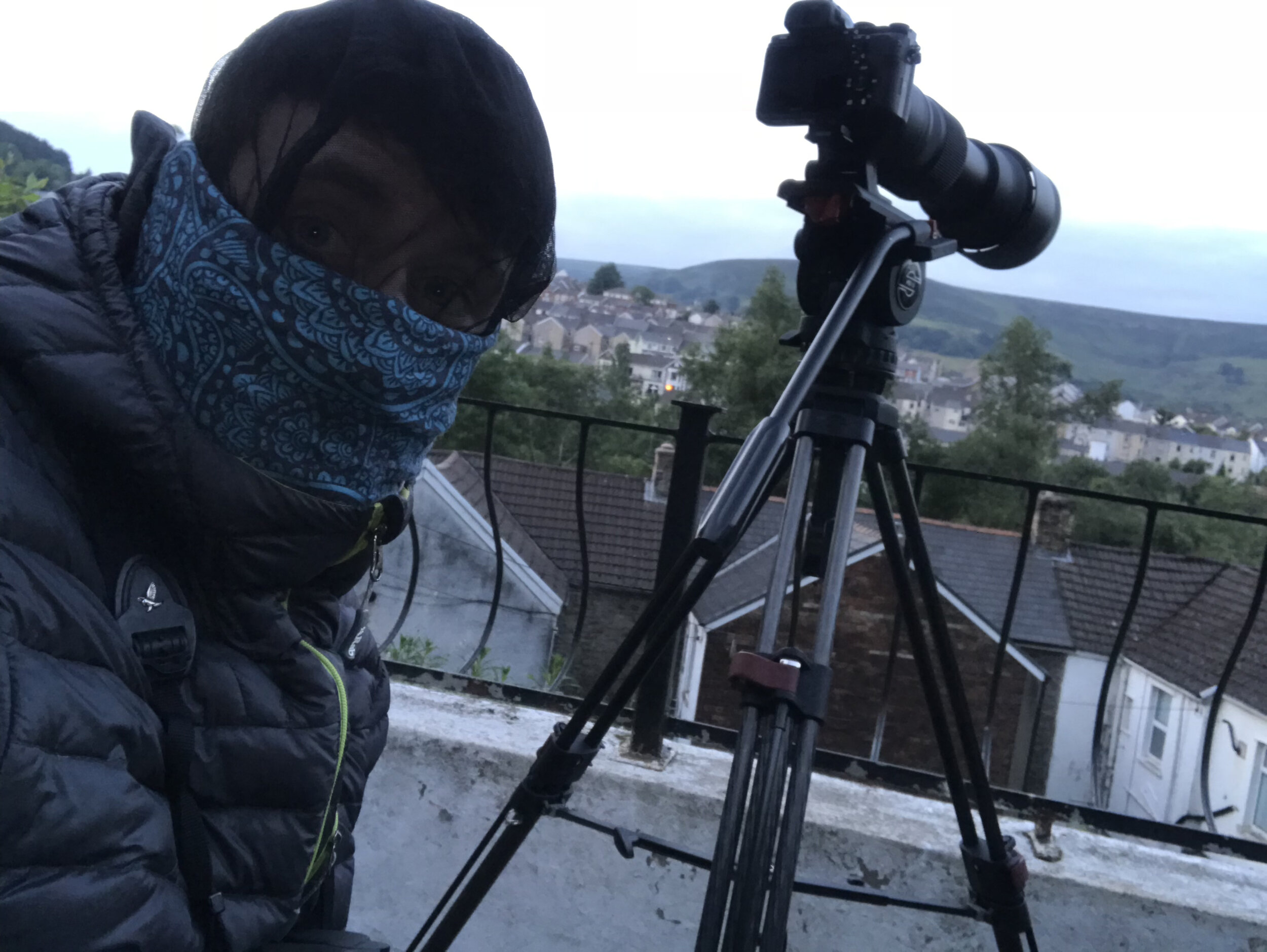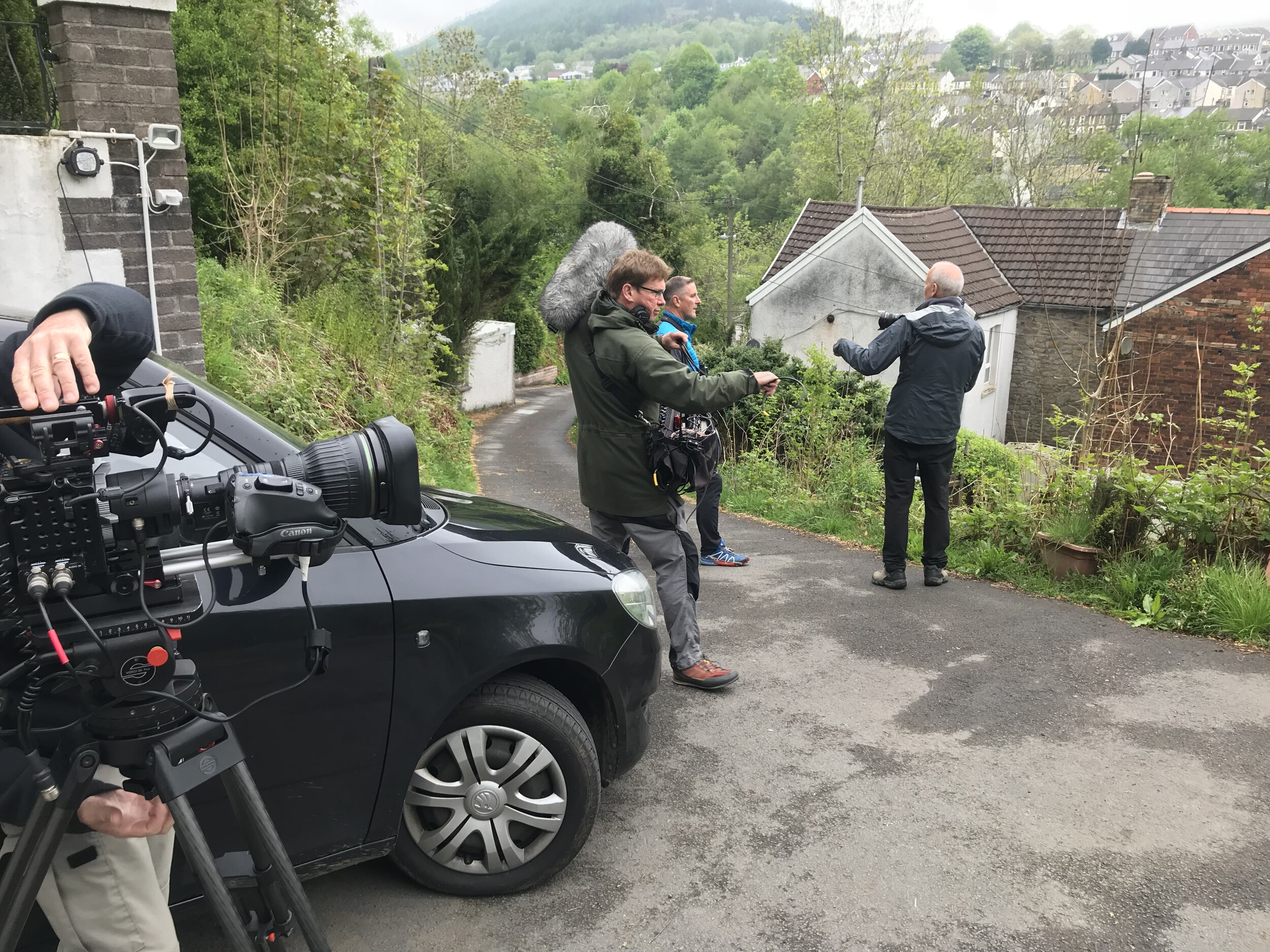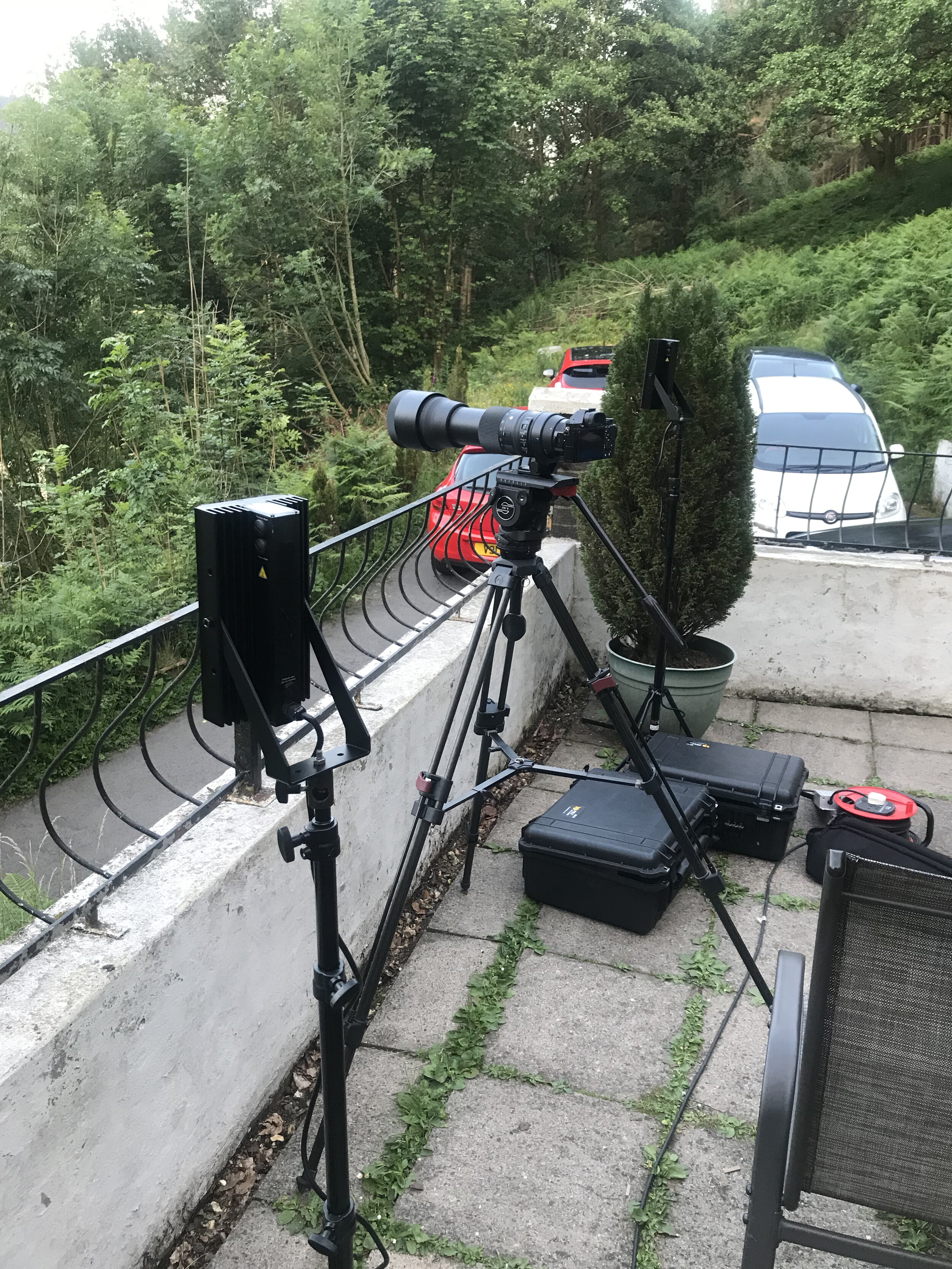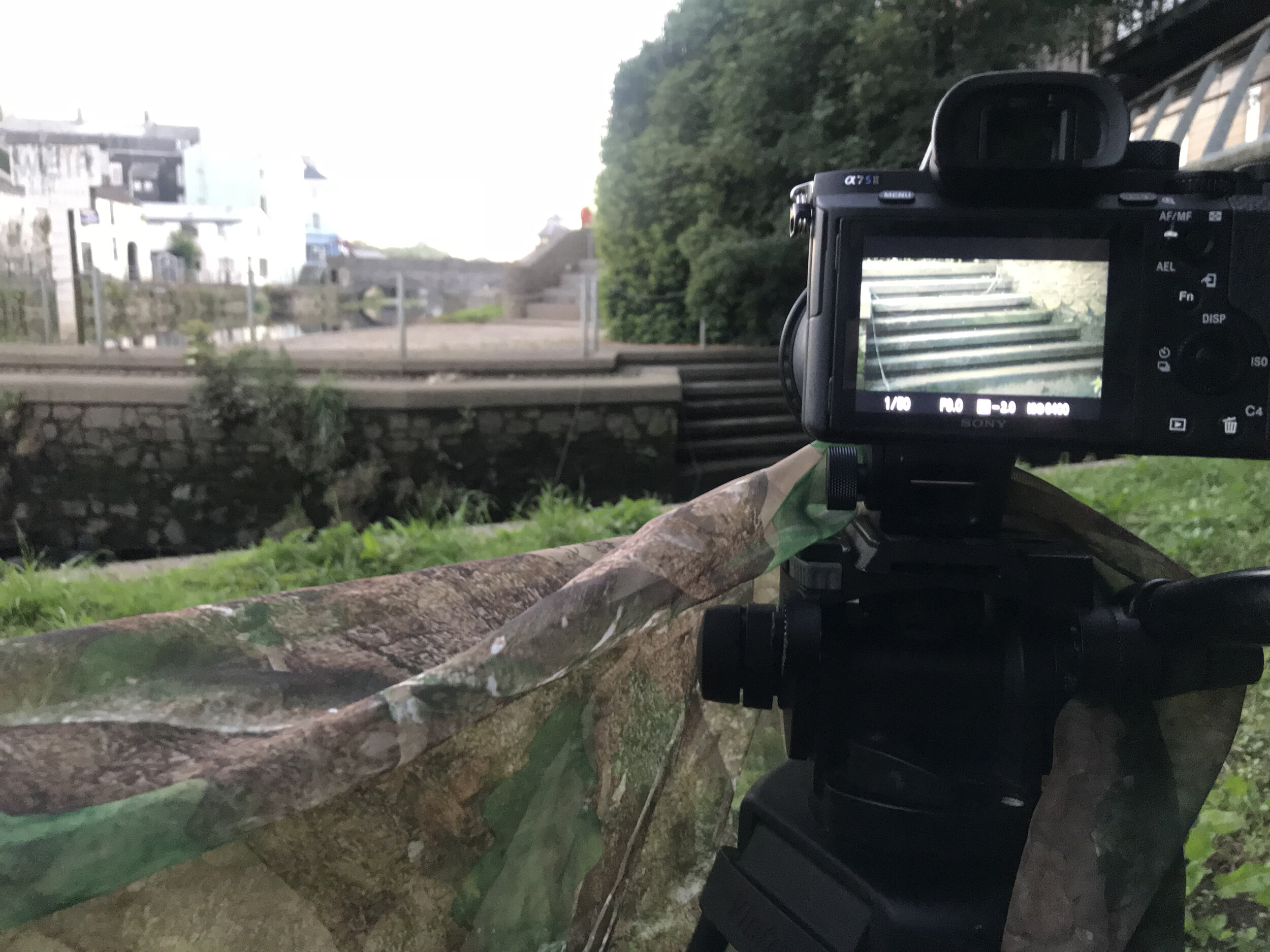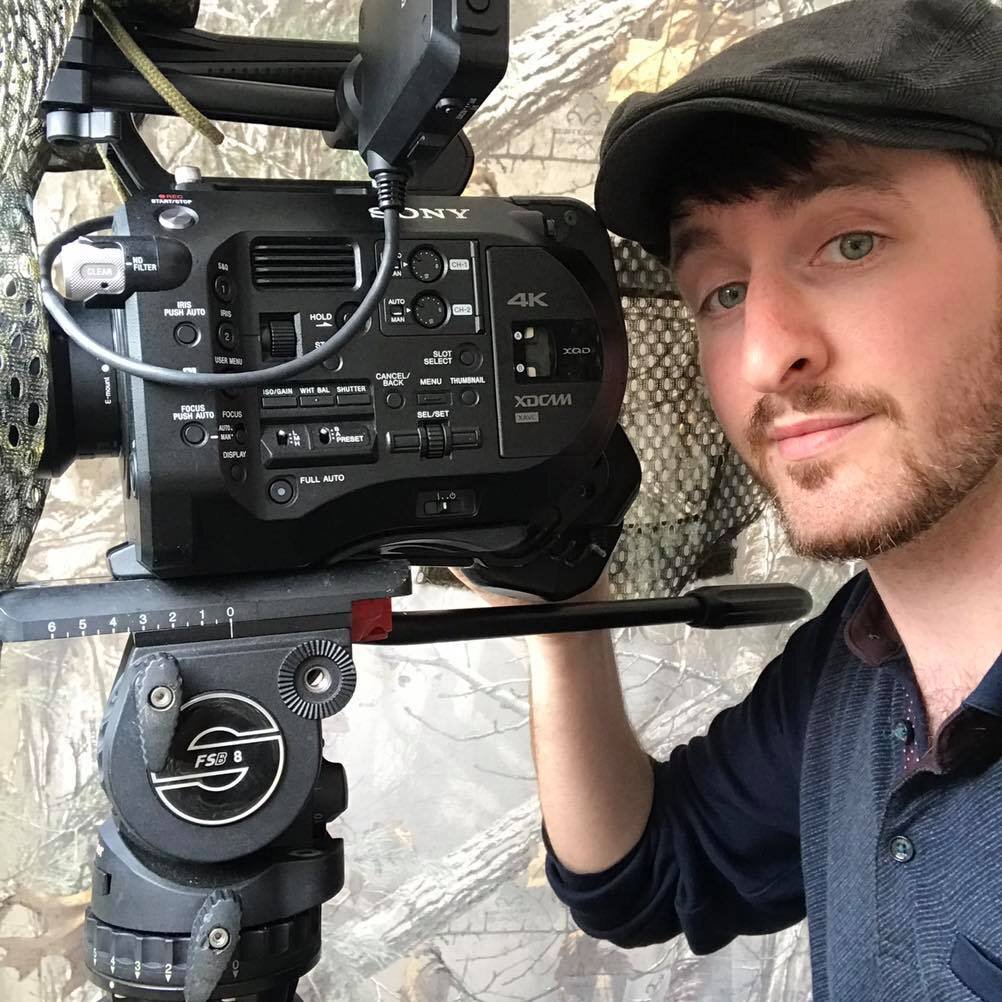Photo
Breeding season is by far the busiest time of year for me. I wish my body could just run on nothing so that I could spend every second I could outdoors, but with nothing booked in today and a nice red ‘binocular strap’ sunburn on the back of my neck, I spend the day indoors to catch up on invoicing and general admin work. This also gives me the time to write this blog and catch you up on the weird and wonderful things I’ve been seeing on my surveys or in my garden. Caterpillars can be quite challenging to ID and I’ve photographed a few lately that remain un-identified. Usually the moths are the hardest as there are quite a few that are very similar looking, and there’s just so many of them!. I found my first Western Bee-fly which is a nationally scarce Bee-fly that appears to be quite numerous this year. I found another case of ‘Zombie Fungus’ which is a very strange phenomenon where a fly picks up spores on its skin, that burrow into their body to develop and once developed enough, will induce a chemical that takes over the flies brain! The fly then is possessed by the fungus, that causes it to climb a tall plant (called summiting), from which it is then forced to secrete a glue like substance from its mouth. Only then will the fungus kill the fly by locking up all its joints and limbs, so the wings point to the sky and their legs lock onto the stem. It’s at this stage that the fungus can use all of the flies nutrients, growing out from the body and releasing spores into the air, ready for the cycle to start all over again. It’s literally the thing of nightmares! The Bagworm Moth Larvae was also a good reminder of natures architectural genius, as the larvae uses sticks or reeds of a certain quality to build a safe home that’s completely unappealing to any predator looking to eat them. Some of the shapes they build, truly are incredible. Take a look here for some examples on google.
It’s been a whole year since I found my first roosting Nightjar. It was a special moment after many years of research, as yomping around breeding habitat with no experience is just out of the question. If you think you can just rock up and expect to find one roosting in the day, you’ll go home very disappointed. There’s a reason why these birds are so successful. If you flush one in an attempt to find one, you WILL NOT see them again, as they won’t roost there again. Everybody I’ve met who study Nightjar, do so because they have the utmost enthusiasm and passion for the species and it’s safe to say, I’m in it for life. On that note, below is that very first Nightjar I found in may 2019, which happened to be a female who favoured tree stumps. The females are taking a while to come back this year, but it was even more special that my first Nightjar of 2020 was that exact same female, using her favourite tree stumps again. The more you learn about these birds, the more you realise that they are just individuals, with their individual preferences in life, just like us.
As she had just turned up the night before, she’s already being pestered by the local Males and this isn’t the same Male she paired up with last year, but he was roosting 2 meters away from her, just so he knows where she is once it gets dark enough, so they can continue ‘business’. I hope they have a good year this year, for some reason many females are yet to return, so the Males are a bit lost at present.
Sound
Back to sound! (Here’s where most people bow out). Recording mammals can be quite difficult as they’re not always vocal. I’ve had numerous encounters with Weasels for instance and till today I’ve never heard one before! I presume it has a nest somewhere. I couldn’t even see the blighter but this sound was unmistakable.
The same night I had an encounter with two Tawny Owls, that were making all sorts of weird sounds, but recorded here at the typical Kivvik sounds. You may even have one near you? With this hot weather, now’s a good time to listen in bed with the window wide open.
I’ve also added another birdsong to my video list. The Chaffinch is Britain’s most common finch, but till now I’ve not really appreciated it enough. I’m sure their success has everything todo with that powerful bill, which is very versatile in what it can achieve. Their song might be repetitive but listen with a good pair of headphones and the tone is just stunning. It has a well-rounded tone but with really crisp articulation. That and it’s very loud!
Nocmig
Not much to report on the nocturnal migration recordings but I did get a wave of flycatcher like calls that I need to ID. They must be Spotted Flycatchers this time of year but I don’t think the recordings are detailed enough to rule out Pied Flycatcher.
And finally, something to laugh about. I had lots of messages last night, congratulating me on getting one of my images onto the Springwatch program lol. Which was news to me, as I can’t ever remember being asked for permission to use any of my images, so I was a little angry at first.. but then I found out it was Iolo Williams that presented it, so I’ll let him off beings he’s Welsh, and of course, I remembered I added the picture to Springwatches Flickr group, which does state they’re allowed to use any images added to the group for the program, so long as they credit the photographer, which they did. It’s a shame now though everybody thinks there’s a bird called Gavin Vella!! Could have been a worse bird though lets be fair :)
Here’s the original image for you to enjoy :) Taken under license in 2019.

